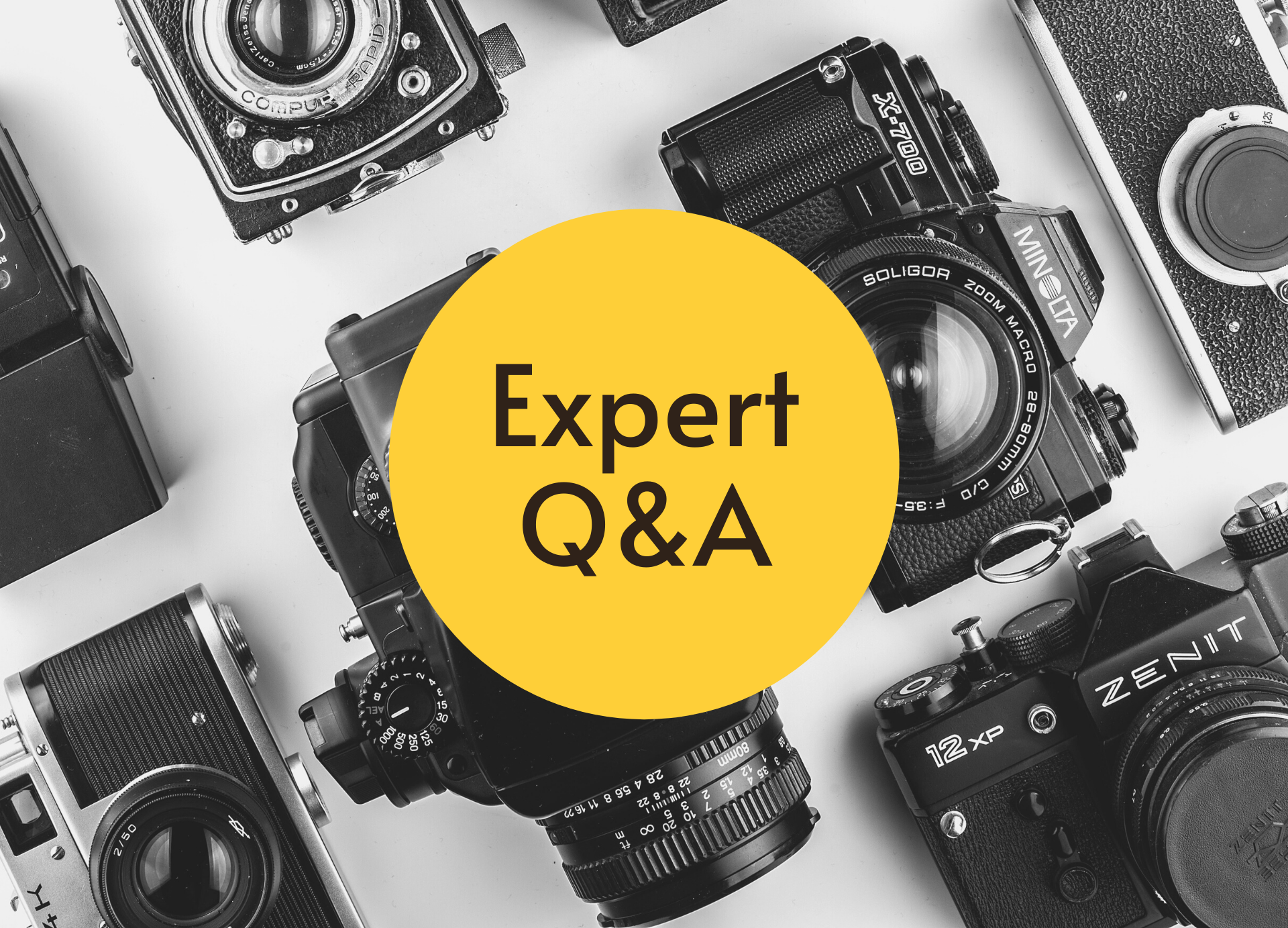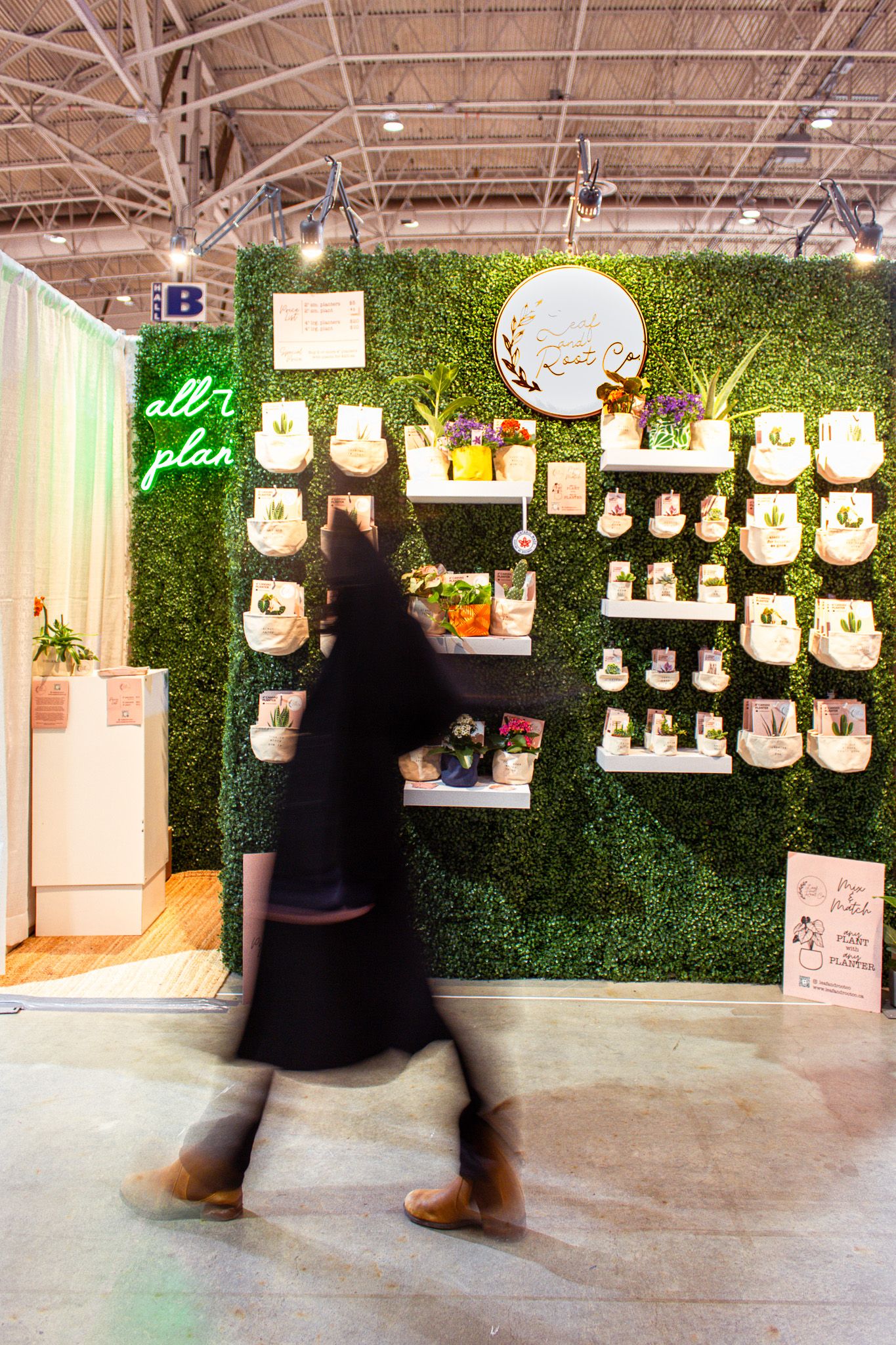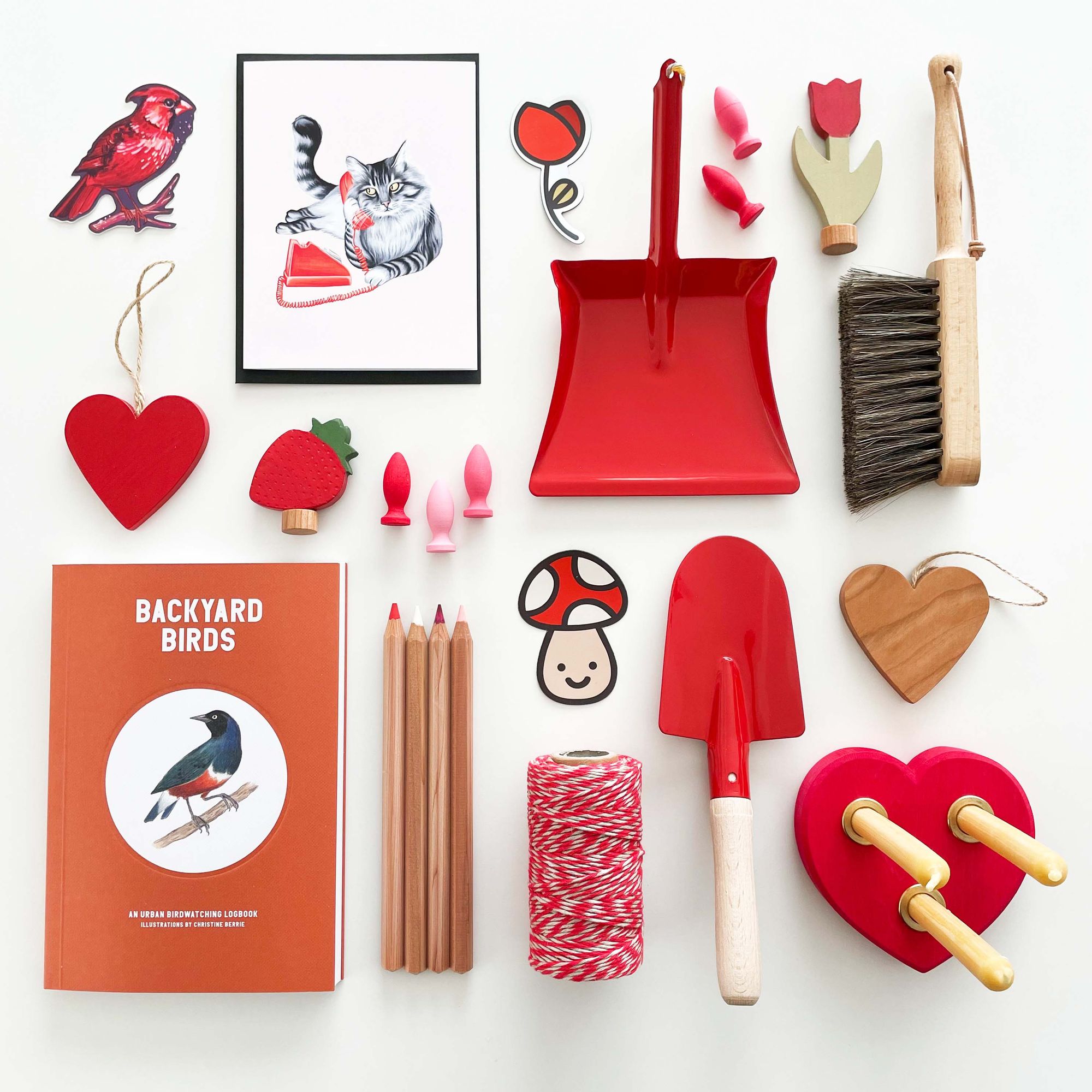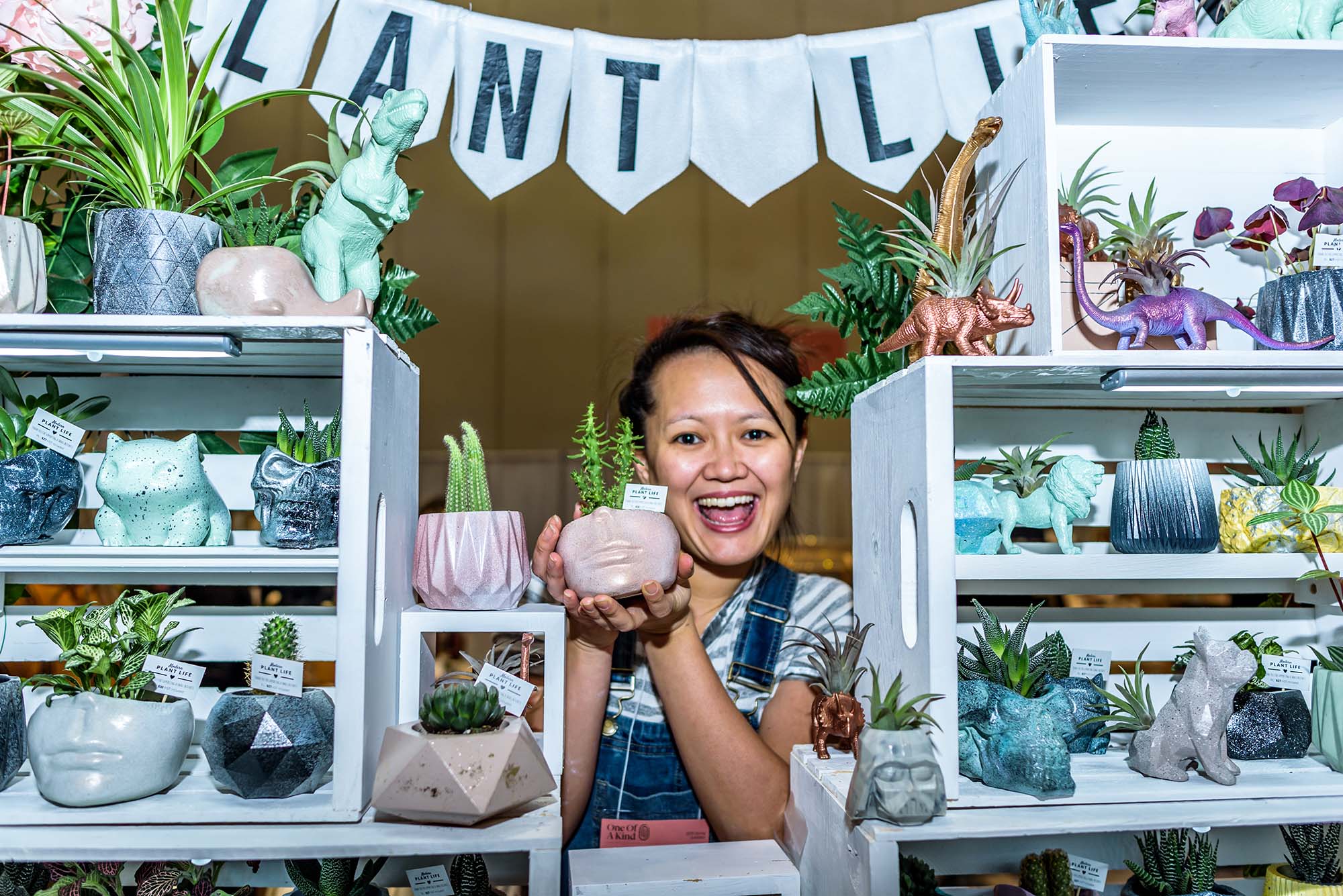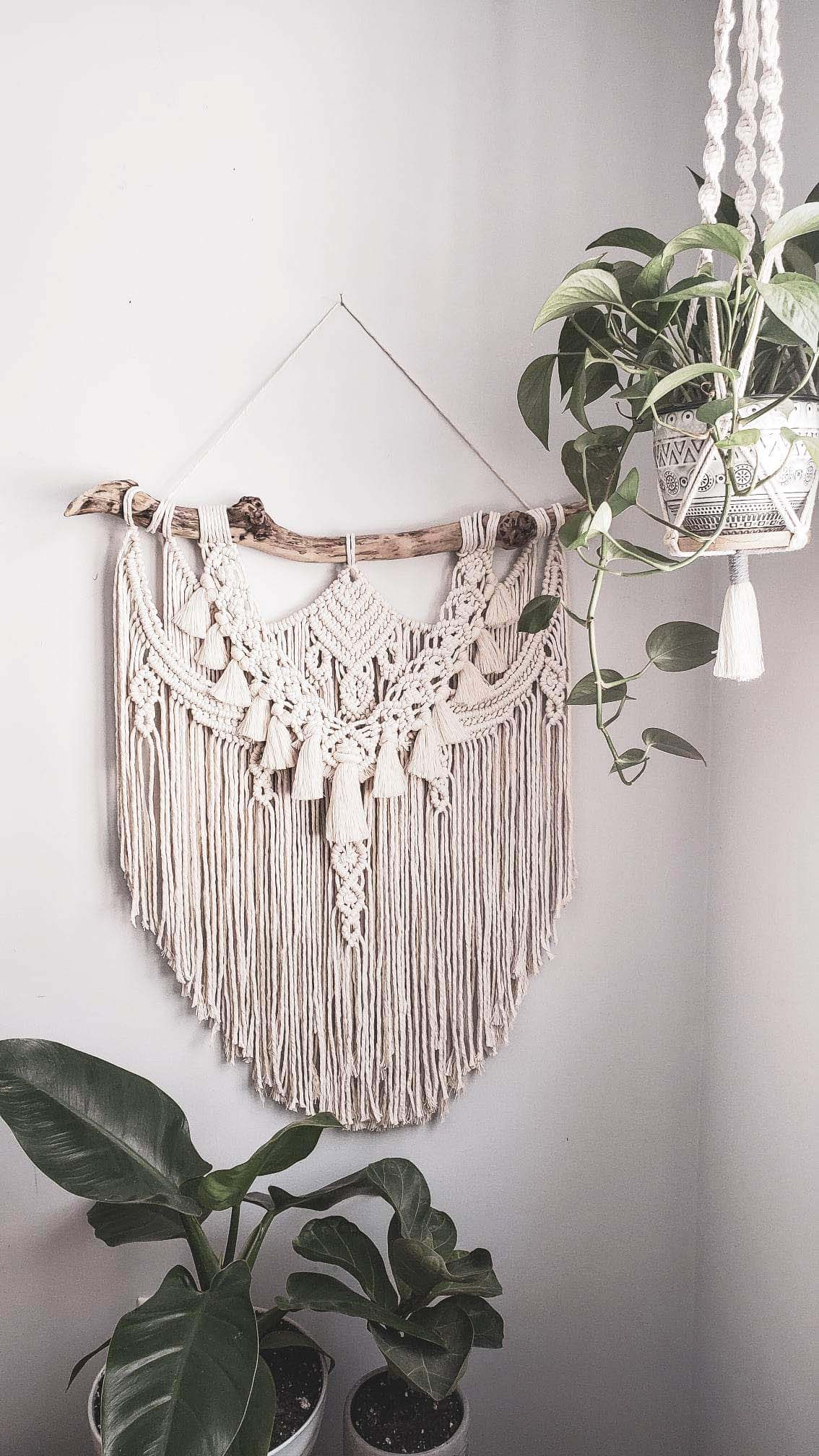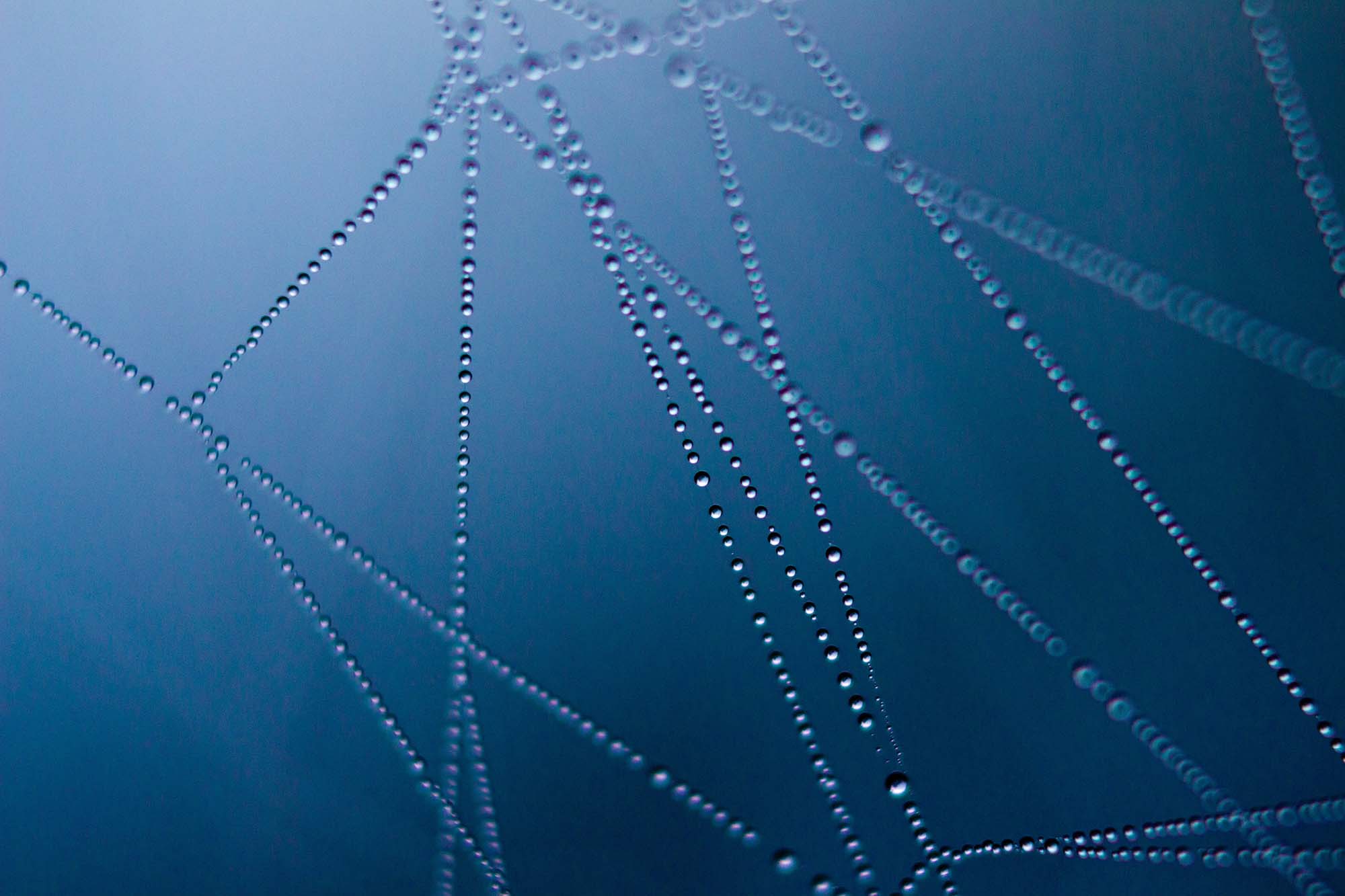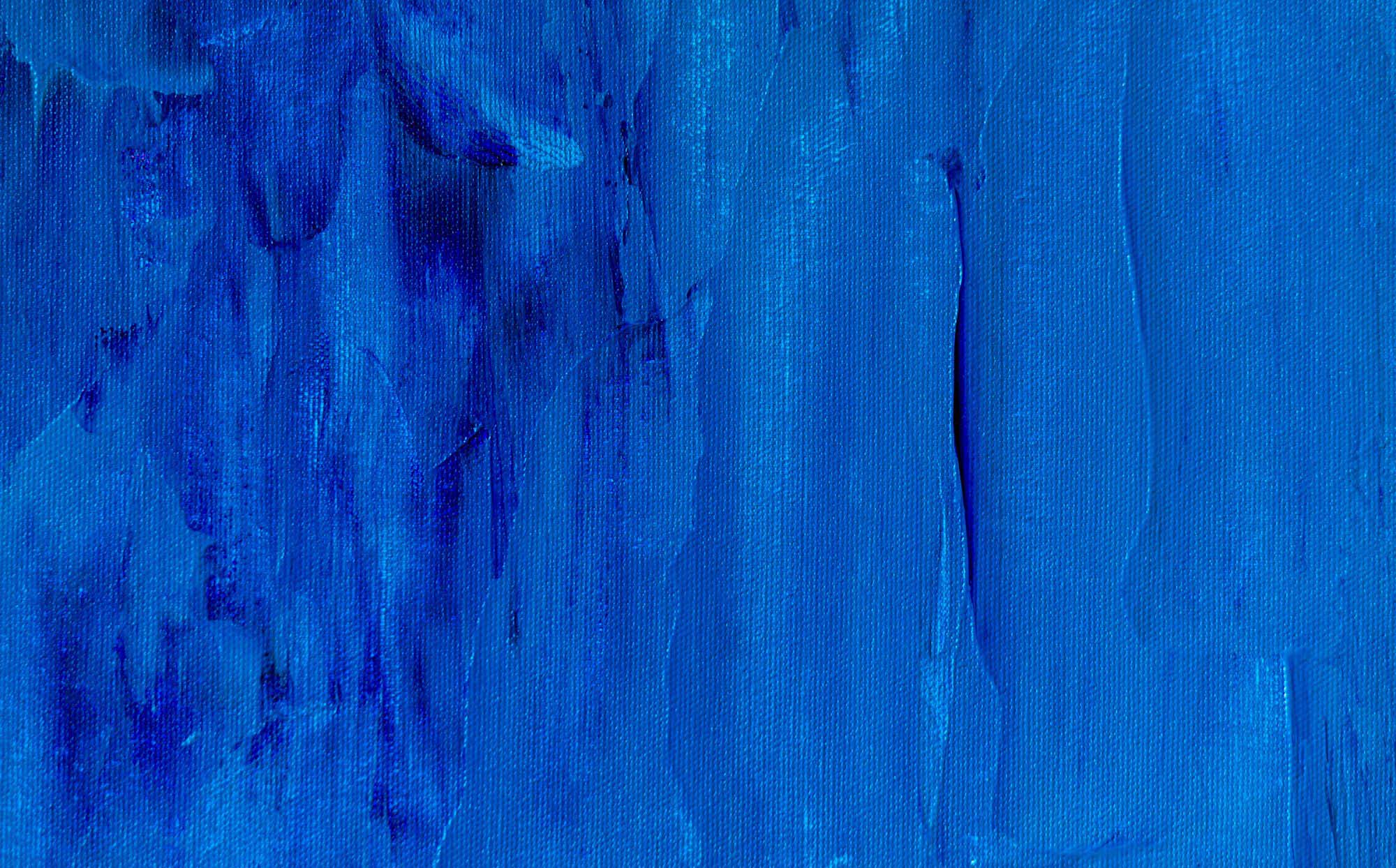Even before the birth of Instagram, Pinterest and Etsy, product photography mattered. Nowadays, it’s more important than ever. One Workshop member recently asked us: What are some tips to take better photos of my products, and how do I go about hiring a pro to do it for me? We chatted with Toronto-based photographer Doaa Jamal for her advice.
Workshop: From your point of view, what makes a good product photo?
Doaa Jamal: If somebody can look at the picture and be like, I feel this, I feel that — that's what makes a really good product photo. With no human subject, you have to rely on evoking a feeling and telling a story. It could be something very simple. It doesn't have to be a very complex idea for a photo to be good.
W: What's an example of the way you might evoke a feeling in a photo of, say, a bar of soap?
DJ: Let's say your soap has a very strong citrus scent. That's a very refreshing scent, so you want to include things that would tell the viewer right away that this is refreshing, this is citrusy — you want them to feel the freshness just looking at the picture.
If your composition is crowded, then you're telling the person that this picture is going to make them feel energetic or excited. If you want them to feel airy and calm, then you would use less strong props.
W: What are some other tips in terms of styling and creating the set?
DJ: I like to start with really nailing down what I want the picture to feel like. I usually take the product and dig deep into the brand aesthetic: is it natural, is it bold, is it exciting? And then once you nail that down, once you have a word or a phrase of what that picture should look like, you start thinking about what kind of lighting looks best. Some products are very reflective; therefore, you need some soft lighting. Some are very dark, and then you would need to complement that with lower lighting. Take your product, play with it, see what makes it look best.
I would also say pay attention to your composition. There are a lot of rules or “grids” that really help simplify a composition — for example, the rule of thirds, where you place your subject either on the left or right third of an image. This way, you're leaving the other two-thirds to be more open.
That takes us to negative space. You need negative space for people to rest their eyes on and come back to focus on the product.
At the end of the day, it's how you style, how you compose, how you set up the lighting that really make the image.
W: In terms of equipment, if I'm just a new business, and I have pretty small budget to start with, can I take decent pictures with an iPhone?
DJ: I personally haven't tried taking pictures with my iPhone, but I've seen a lot of photographers who do that. I think especially with newer versions of iPhones, they're amazing. They take really high-quality pictures, they capture the light very beautifully. You can definitely get a lot of amazing content with your phone if you know how to use light, angles and editing.
I think that equipment itself doesn't really play a huge factor. At the end of the day, it's how you style, how you compose, how you set up the lighting that really make the image.
If you are looking to invest in more equipment, a DSLR camera and 50mm lens would really elevate your pictures. That's the nice spot for a prime lens that won't distort your product, and they’re relatively affordable.
W: Let's talk about light a bit more. Someone like you probably gets set up in a studio with a lot of expensive lighting equipment, right? So if you're just starting out and you're not able to do that, what's a way to get around that?
DJ: Natural light is a great source. It's not reliable, in a sense. But I would say look out for the kind of light you want. If your product looks best under a soft light, then wait for a cloudy day, set up a table beside your window and have plenty of white cards [like a foam core board] to reflect that light to give you that boost of brightness. It's such an easy thing to reflect the light in specific angles or to specific parts of your product. If you're looking for a harsh light, then you’re looking for a bright summer day. You can even take the shot outside.
W: What about editing — why is it important?
DJ: Editing is the second half of creating good pictures. Let’s say you’re taking pictures under soft natural light. That's not going to give you any contrast at all, and you need a little bit of contrast to make your picture pop. Let's say you want your whites to be super white. That's quite difficult to do just taking the picture — you would definitely need to go to Photoshop and edit that. Also, no matter how much you prep for a picture, when you take the shot, nothing looks perfect. You’re always going to have some dust, some scratches. If you’re shooting on a paper backdrop, you're always going to have wrinkles or stains. There's always something — that’s where editing can really help.
Photographers have the ability to tell the story of your brand.
W: Let’s say that I have a bit of a photography budget and I'm thinking of hiring someone instead of DIY. What are some of the benefits I'm going to get from that?
DJ: Every marketing effort will be limited by the difference between good and great content. Good content will get you good results and great content will give you great results. It's just a matter of what level you want to go to next. Professional imagery will take you there.
Photographers have the ability to tell the story of your brand. Because they're not super close to the brand, they can look at it from a different perspective and then guide you in what works in terms of aesthetics and style.
W: What are some tips for people who've never hired a photographer before?
DJ: Every photographer is different, but the one thing that we decided to all agree on is that the first time you contact a photographer or you’re looking for one, you need to figure out your shot list and brief.
The shot list is exactly what it sounds like: it's a list of all the shots that you need. And then a brief is what you envision these shots will look or feel like. You can approach a photographer with just a shot list if you’re not sure about direction, or what kind of style you’re looking for — we can help you with that as well. But a shot list is a must that can help to determine how big or small the project is.
Costing is completely different from one photographer to another. You just have to tell them what you're looking for so they can come back with a very close estimate to how much it might cost. It's a good idea to be transparent right at the beginning and be like, this is my budget, do you think we can work together on something? That allows the photographer to be like, okay, this is your budget, let me see what I can fit into this budget.
At the end of the day, the copyright belongs to photographers, so don’t be alarmed when they ask you for copyright fees. Ask them about their fees and how they break them down. And the estimate you're going to get, it's just an estimate. It's not an absolute. Keep that in mind when you're adjusting the scope of the project.
Doaa Jamal is a Toronto-based photographer who enjoys creating dynamic visuals for individuals and organizations eager to understand their identity through the power of colour, shape and visual storytelling. Find her on Instagram at @doaamq.
Submitting questions to our experts is one of the perks of being a paid Workshop member. Why not check out our membership plans? If you’re already part of the community, send your questions via our ask the experts submission form.

